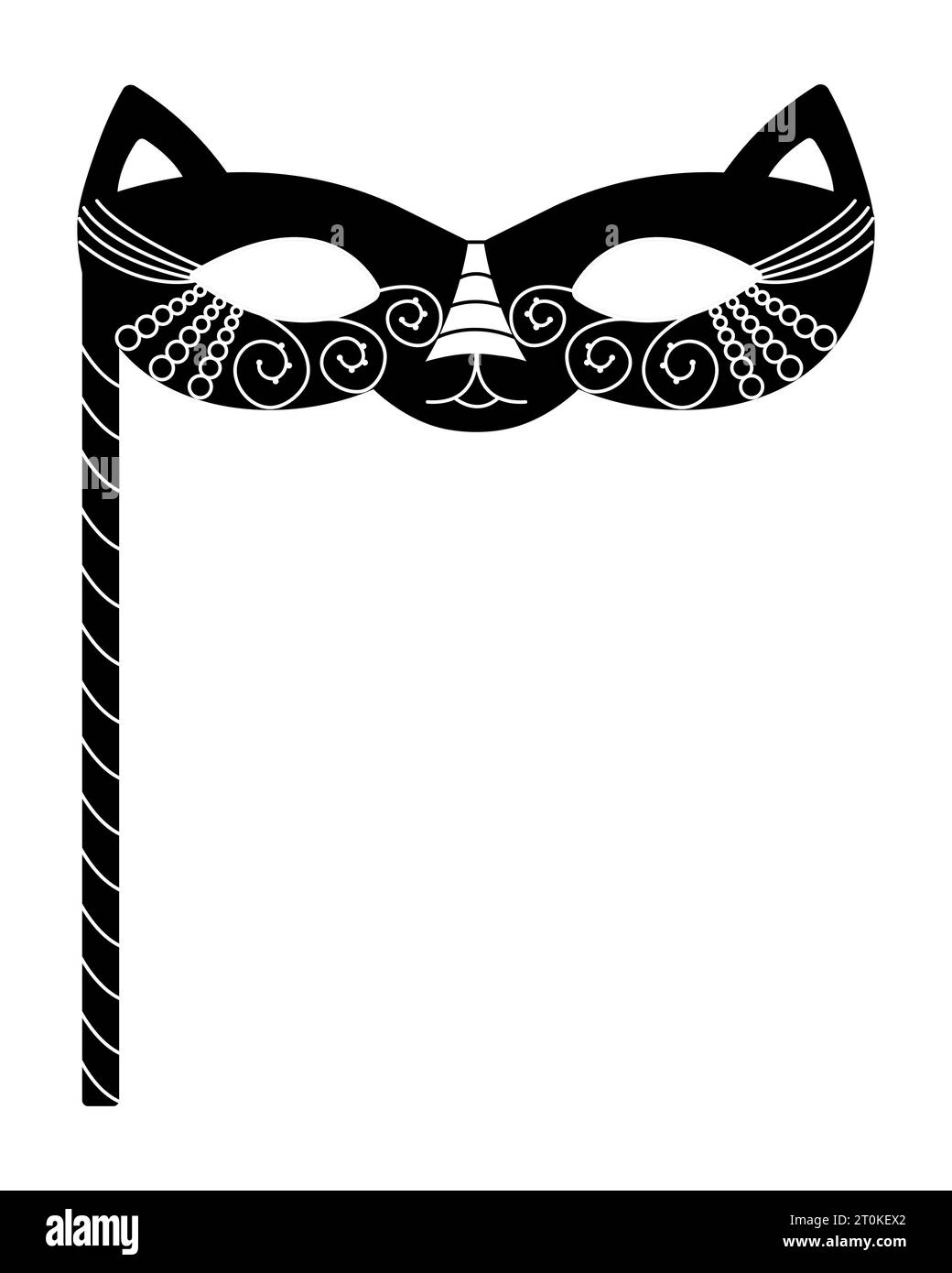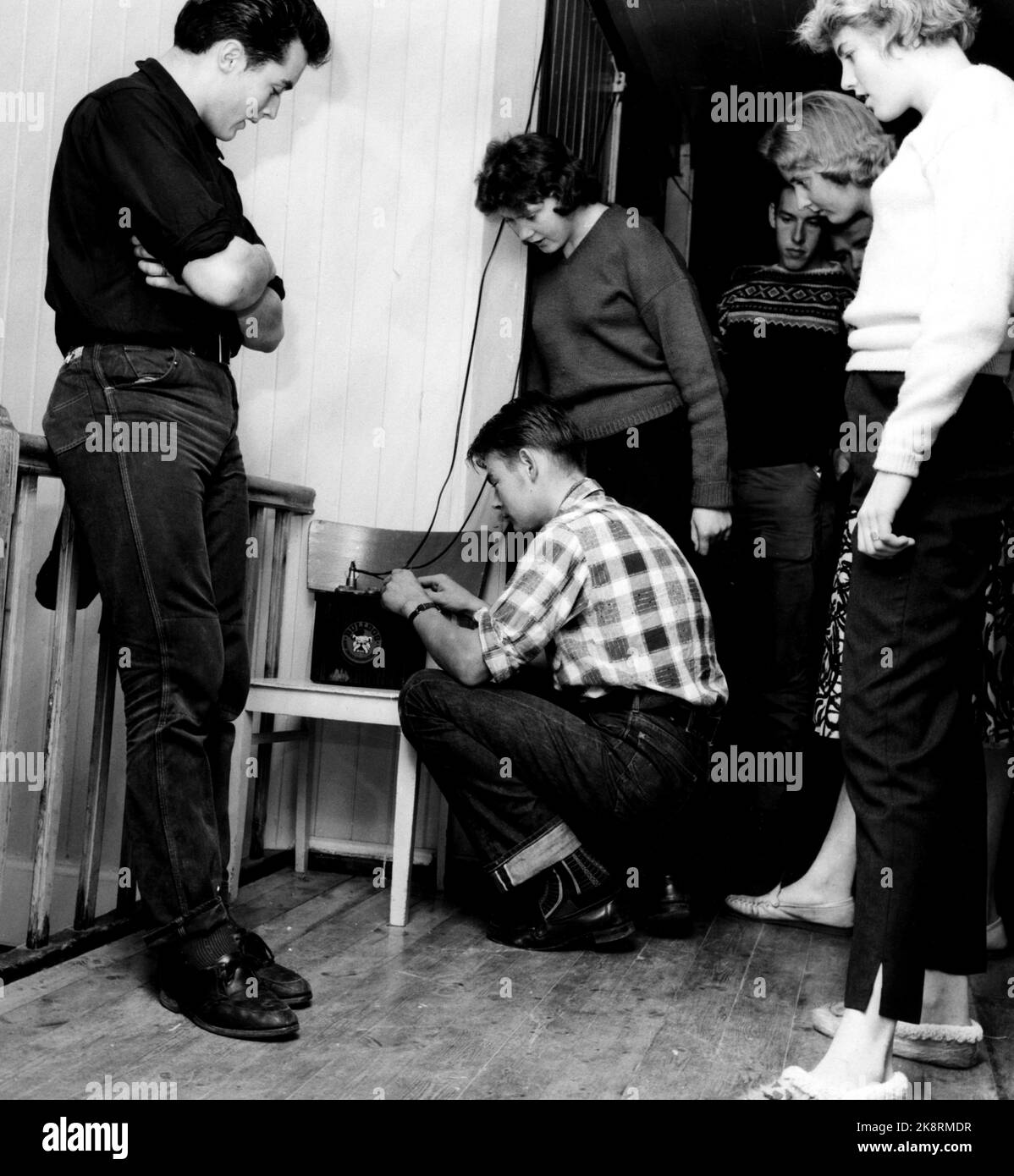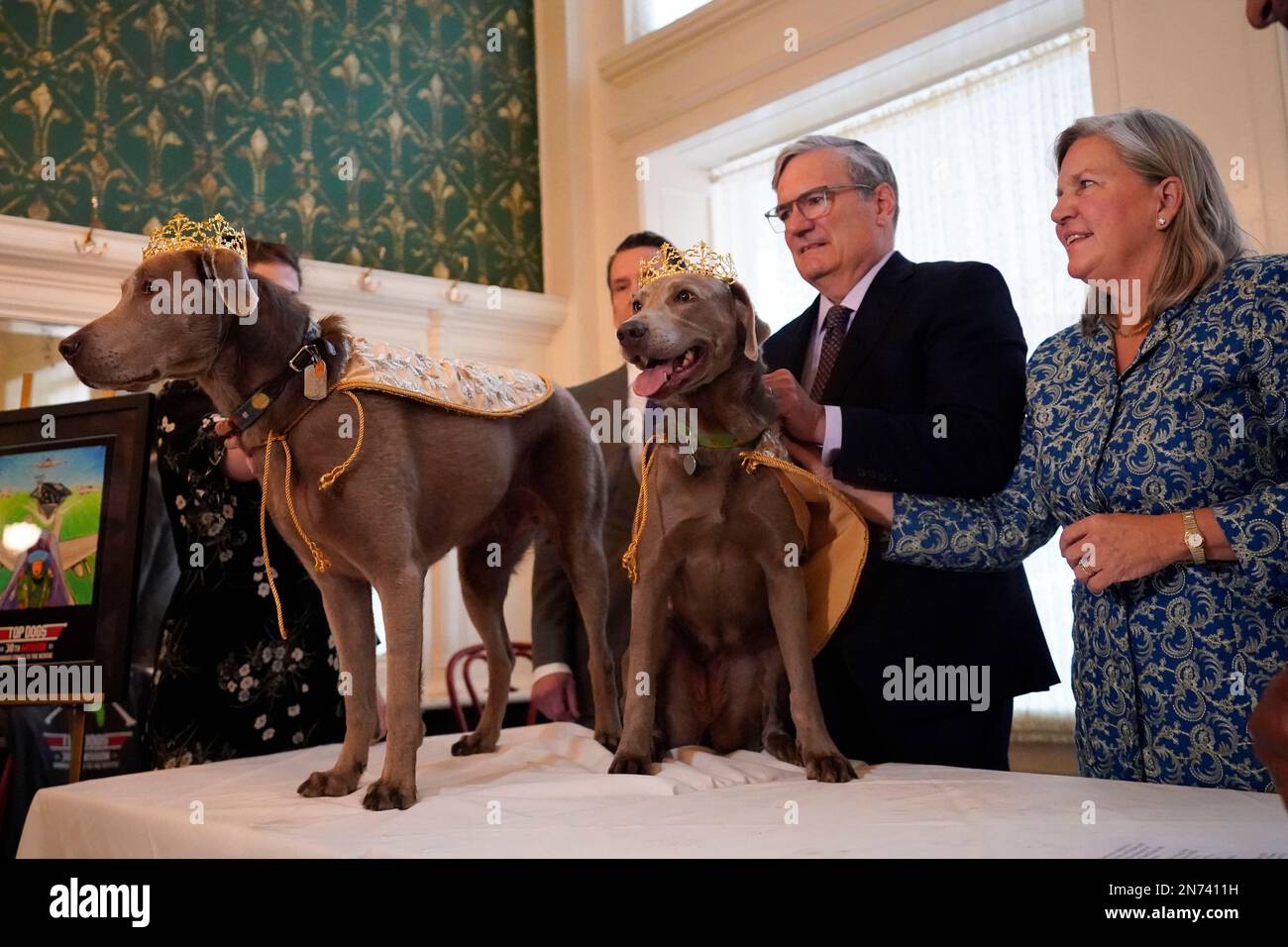Gallery
Photos from events, contest for the best costume, videos from master classes.
 |  |
 |  |
 |  |
 |  |
 |  |
 |  |
On March 2, 1699, French-Canadian explorer Jean Baptiste Le Moyne Sieur de Bienville arrived at a plot of ground 60 miles directly south of New Orleans, and named it "Pointe du Mardi Gras" when his men realized it was the eve of the festive holiday. Bienville also established "Fort Louis de la Louisiane" (which is now Mobile) in 1702. In 1699, French-Canadian explorer Jean-Baptiste Le Moyne de Bienville arrived at a plot of land near present-day New Orleans and named it "Pointe du Mardi Gras" because it was the holiday’s eve. In 1718, New Orleans was founded, and the traditions of festivities began to take root in the city. The first recorded Mardi Gras celebration in New Orleans took place in 1699, when French explorer Pierre Le Moyne d’Iberville and his men landed in the city on Mardi Gras day. They were soon followed by the Spanish, who established their own settlements in the area. Mardi Gras was introduced to Louisiana when French-Canadian explorer Jean Baptiste Le Moyne Sieur de Bienville landed just south of today's New Orleans on March 2, 1699. Since it was the night before Mardi Gras, he named the landing area "Point du Mardi Gras". It wasn't New Orleans or even Mobile that first put Mardi Gras on the map in North America. Mardi Gras arrived on March 3, 1699 along with French explorer Pierre Le Moyne d'Iberville. Mardi Gras is believed to have arrived in North America on March 3, 1699, when the French-Canadian explorer Pierre Le Moyne d’Iberville camped about 60 miles downriver from the future site of New Orleans. Knowing it was Fat Tuesday back in France, Iberville named the spot Point du Mardi Gras and held a small gala. On March 2, 1699, French-Canadian explorer Jean Baptiste Le Moyne Sieur de Bienville arrived at a plot of ground 60 miles directly south of New Orleans, and named it “Pointe du Mardi Gras” when his men realized it was the eve of the festive holiday. By the late 1830s, New Orleans held street processions of maskers with carriages and horseback riders to celebrate Mardi Gras. Dazzling “The first place names given Louisiana were, appropriately, Pointe de Mardi Gras and Mardi Gras Bayou,” notes Mel Leavitt in his book A Short History of New Orleans. Iberville’s expedition went on to establish settlements at Biloxi Bay (Mississippi) and Fort Louis de la Louisiane (Alabama), located on the Mobile River a few miles upstream The party proceeded upstream to a place on the west bank about 60 miles downriver from where New Orleans is today, and made camp. This was on March 3, 1699, Mardi Gras, so in honor of this holiday, Iberville named the spot Point du Mardi Gras (French: “Mardi Gras Point”) and called the nearby tributary Bayou Mardi Gras. Since 1699, when Pierre Le Moyne, Sieur d'Iberville celebrated his arrival at the mouth of the Mississippi on Shrove Tuesday, Mardi Gras has been integrally linked to Louisiana's cultural heritage. Parades, Balls, and the Courir du Mardi Gras—are explored in this online exhibition. The tradition of Mardi Gras was brought to New Orleans by French colonists in the early 1700s. Mardi Gras quickly became a popular tradition in the city, and was celebrated with grand balls and street parties. The most famous Mardi Gras celebration in the United States is the one that takes place in New Orleans every year. French explorer Jean-Baptiste Le Moyne de Bienville is credited with introducing Mardi Gras to the region that is now Louisiana. In 1703, French colonists in Mobile, Alabama, celebrated the first recorded Mardi Gras in North America, and in 1718, New Orleans was established, eventually becoming the epicenter of Mardi Gras celebrations in the After the Civil War, Comus returned to the parade scene in 1866. Four years later, the Twelfth Night Revelers debuted. This unique group made Carnival history at its 1871 ball when a young women was presented with a golden bean hidden inside a giant cake, signifying her selection as Mardi Gras’ first queen and starting the “king cake” tradition. Joe Cain, Moon Pies & Mobile Mardi Gras; How Louisiana At Large Does Mardi Gras; Future Mardi Gras Dates. March 4, 2025; February 17, 2026; February 9, 2027; February 29, 2028; February 13, 2029; March 5, 2030; Worth Pondering It’s a great party, and anyone who doesn’t enjoy Mardi Gras is not of this world. —Franklin Alvarado The term "Krewe" is commonly associated with Mardi Gras, but a Krewe is any club that celebrates the carnival season, especially throughout Louisiana. Much of Krewe de Tigris's membership base is from locations around the Gulf Coast like Mobile and New Orleans, where Mardi Gras is much more popular, and participate in Krewes in their hometowns. The Krewe of Mid-City rolls down St. Charles Avenue during a Mardi Gras parade in New Orleans, Louisiana February 15, 2015. French explorer Pierre Le Moyne d’Iberville first introduced Mardi Pointe du Mardi Gras. On March 2, 1699, French-Canadian explorer Jean Baptiste Le Moyne Sieur de Bienville arrived at a plot of ground 60 miles directly south of New Orleans, and named it "Pointe du Mardi Gras" when his men realized it was the eve of the festive holiday. Though most people associate Mardi Gras with New Orleans, LA–Mobile, AL began holding the festival in 1703, 15 years before it started in Louisiana. It grew into a stronger and stronger tradition even into the 1800’s Click on the Mardi Gras krewes below for further information about the krewe and to see their usual route for each parade. Please note: Events and activities are subject to change without notice. Differences get bigger. In Mardi Gras' early days in Louisiana, the differences in the city and rural towns weren't so stark. Between 1700 and 1800s, most celebrations in New Orleans were just
Articles and news, personal stories, interviews with experts.
Photos from events, contest for the best costume, videos from master classes.
 |  |
 |  |
 |  |
 |  |
 |  |
 |  |